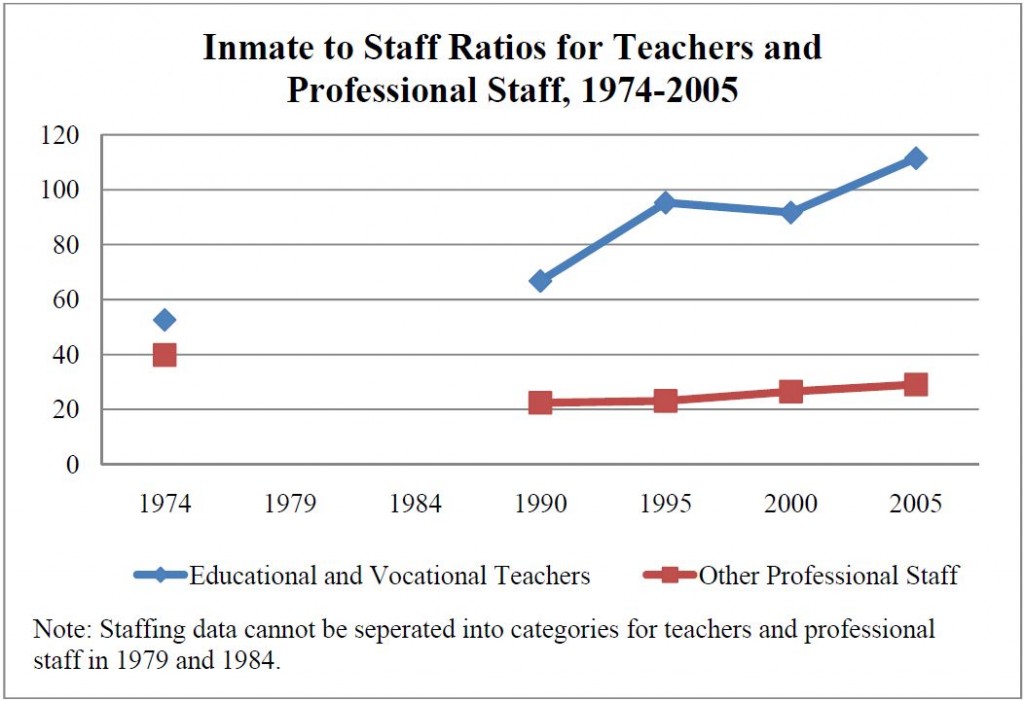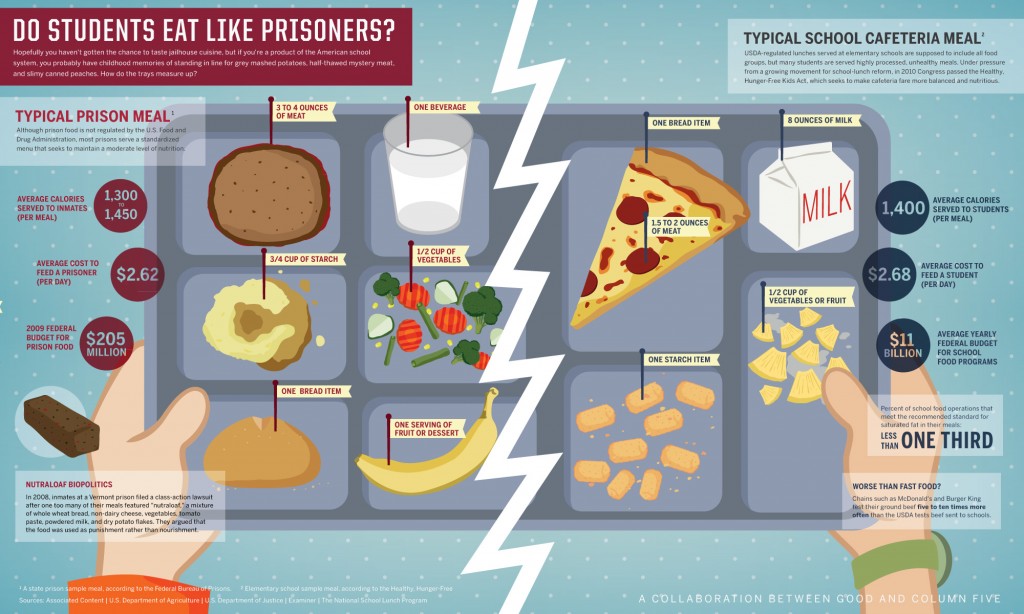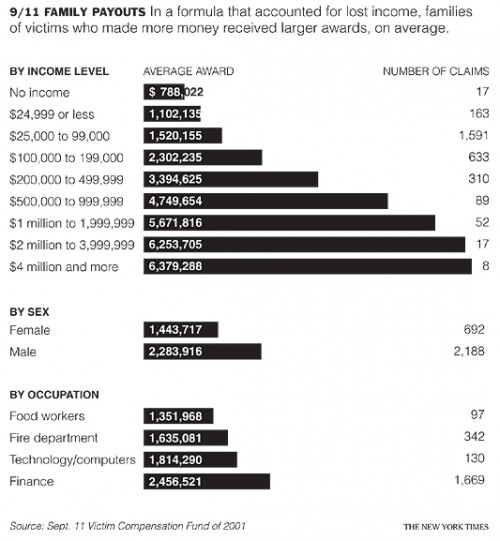Cross-posted at Montclair SocioBlog.
People who design men’s rooms seem to have the working assumption that men are sexist pigs. Those urinals that seem to mimic sex (in Lisa’s pimp-my-urinal post here) illustrate the sexist part – ideas that are important mostly outside the men’s room. But inside the men’s room, it’s the pig half of the phrase that’s important. Men can be slobs, especially at the urinal.
At airports, for example, jet lagged travelers, men at least, tended to be, how shall we put it, careless? aimless?
What to do?
Americans tend to frame problems in moralistic terms. If something is wrong, drug use for example, punish the wrongdoers. And if that doesn’t work, make the penalties even harsher. Applied to the problem of spillage and splash in the men’s room, we might expect to see signs warning: “No Spillage or Spraying. Penalty up to $500 fine.”
The Dutch have a more practical approach, more focused on solving a problem than on punishing evil. The Dutch also have a reputation for cleanliness. Years ago, when the men’s rooms at the Amsterdam airport were looking and smelling like, well, like men’s rooms, Schilpol Schiphol, the company that runs the Amsterdam airport, looked into the problem. And the problem was that most men weren’t looking. They simply didn’t watch where they were going. So Schiphol came up with a simple and non-punitive solution: a fly to draw the user’s attention.

The idea was that men would aim for the fly – the stream would go from one fly to another (I’m sure this pun doesn’t work in Dutch) – and the men’s room would stay cleaner.
It worked. A study by Schiphol’s social science team found that fly urinals had an 80% reduction in spillage. Some years after that, JFK hired Schiphol to run the International Arrivals Building there. So now at JFK too, the urinals have the target flies. At the Newark airport, I saw urinals with a cartoon-like bee (a realistic bee might have might have triggered a counterproductive startle and flinch).
More recently, urinal targets have gotten even more playful. For the Europeans, there’s soccer.

Good, clean fun.
Jay Livingston is the chair of the Sociology Department at Montclair State University. You can follow him at Montclair SocioBlog or on Twitter.








